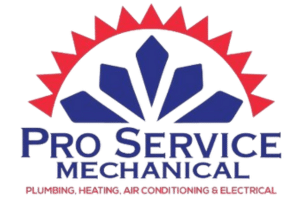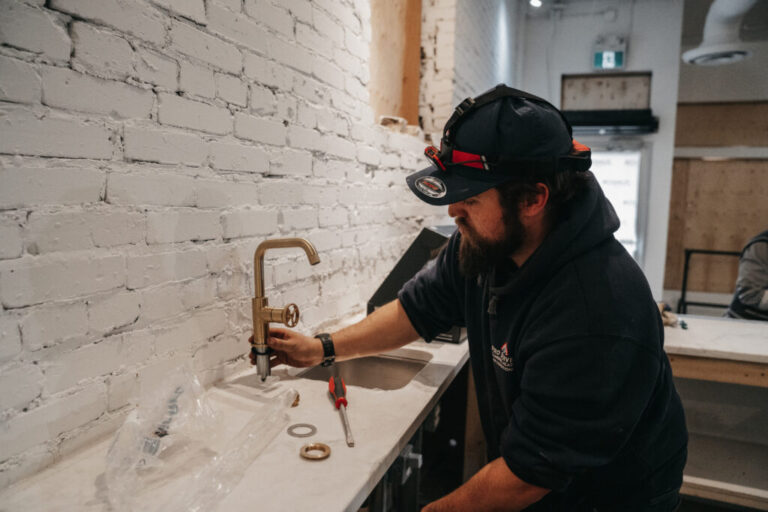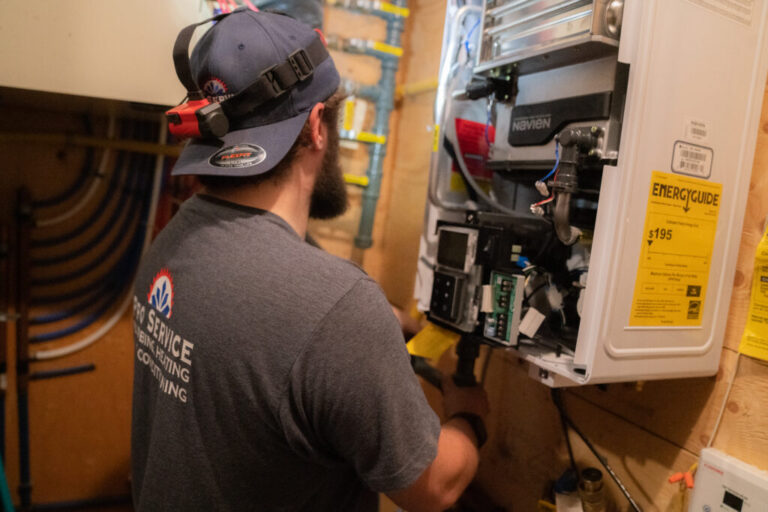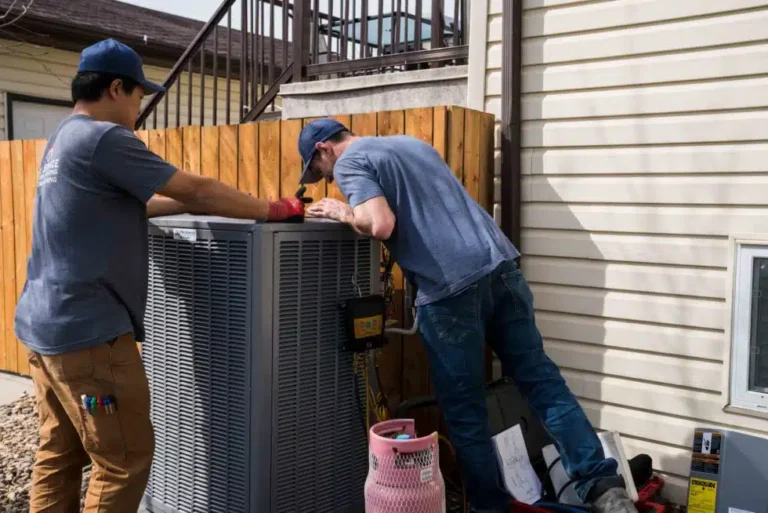You might not think it, but your home’s plumbing system is actually complex. In the event of a plumbing emergency, you should remedy the problem as soon as you can before it even causes further damage. When you encounter a minor issue, or while waiting for one of our professional plumbers to come by and make the necessary repairs, you should consider trying one of these quick fixes we have rounded up just for you:
SHUTTING OFF THE WATER VALVES
Each home has a main valve which controls the water that flows throughout the whole house. There are also separate valves that control the individual taps in your home. Depending on the severity of a leak, you can turn off just a single water valve or the main one. It is also a good idea to shut off the water heater if you are dealing with a hot water problem. Be sure to follow the instructions that come with your heater.
Tip: Close & open the main water valve on a scheduled basis. There is nothing more frustrating than having a plumbing leak or repair, only to find the main valve is basically frozen open (will not close) or will only partially close.
PLUNGING
Plungers can also be used in bathtubs and sinks, too. So, if a clog is causing your plumbing emergency, then a plunger should do the trick. For tubs and sinks, it is best to use a flat-bottomed plunger. For toilets, you can use a plunger that comes with a flange at the bottom to create a vacuum that is strong enough to release the blockage.
THAWING FROZEN PIPES
To deal with this problem, you may use a space heater or a hair dryer for about 15 minutes – it is actually effective at thawing pipes! Be sure to never leave the heater unsupervised and do not use it too long on the pipe. You should also leave the water valves turned on, so the thawed water can flow out.
Caution: Excessive heat or an open flame can cause the failure of copper solder joints or ignition of plastic lines.
TAPING PIPES
In a plumbing emergency locate the shutoff valve for the affected line and close it, even if this means closing the home’s main water valve. This is the most effective way to ensure minimal damage to your home.
Using a tape such as duct tape, fiber tape, etc. is not recommended. Water, water pressure and tape glue are not a good combination to be relied upon. A split line or leaking joint (that has been taped and looks good) may completely fail causing major damage.
ADDRESSING WATER PRESSURE ISSUES
When the water pressure in your shower worsens over time, then there is a good chance that there is a buildup from hard water minerals. Determine whether this is your problem by checking for lime accumulation on the showerhead. If there is visible buildup, remove the showerhead and the spray plate. Then, immerse the spray plate in a bath of descaling solution and follow the product directions. Let the solution sit for a few minutes then rinse off the spray plate and reassemble the showerhead.
Is your toilet tank filling very slowly after a flush or is tap water flowing slowly? There maybe a mineral buildup at the water shutoff valve (especially in older homes). If this is the case the water shut off valve may have to be removed. If you have gone this far, replace the valve with a new ball valve unit or give Pro Service a call.
While waiting for assistance from one of our Saskatoon plumbers, you do not have to let the problem get worse. You can, instead, try the plumbing emergency suggestions we mentioned above to stop a plumbing emergency from becoming a catastrophe!
For Sales or Service CALL Pro Service 306-700-3252





